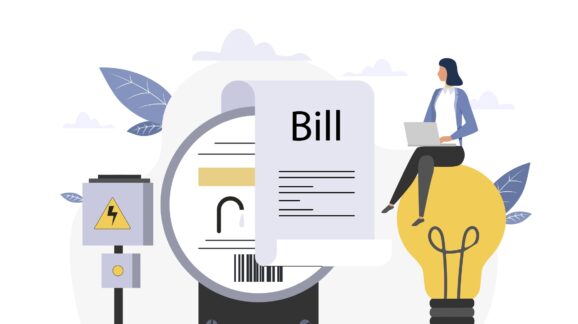Low-income communities need affordable energy, not Biden’s ‘environmental justice’
Union jobs, sports fields, and tree cover. What do they have in common? President Joe Biden wants to promote them through his new executive order on environmental justice.
He is using the “environmental justice” rallying cry as a pretext to push a much broader agenda, such as undermining conventional energy sources and overhauling the federal regulatory system to ramp up costly, intrusive regulations.
Biden apparently thinks that low-income communities are clamoring for such things as trees and ponds. Meanwhile, he is ignoring how his energy policies are directly hurting these communities by making it more difficult for them to meet basic needs.
This starts with policies such as canceling the Keystone XL pipeline, which will reduce the supply of oil and natural gas and drive up energy prices.
While many factors go into prices, current regular retail gas prices are almost 50% higher than when Biden took office. And the high prices have been persistent. Since June 2021, the average monthly price has been above $3 per gallon, with 12 months above $3.50 per gallon, including the month of May. Prior to this recent spike in prices, there had not been a month above $3 per gallon since 2014.
High gas prices impose disproportionate harm on the lowest-income households because, when compared to higher-income households, they spend a greater share of their after-tax income on meeting basic needs, including purchasing gas. Rural households are also disproportionately harmed, in part due to traveling further distances than urban households. Based on data from a recent Iowa State University study, rural households spent 20% more than urban households on gasoline and diesel.
Yet for all its rhetoric on environmental justice, the administration isn’t changing course on its climate agenda. And akin to a “let them eat cake” moment, Transportation Secretary Pete Buttigieg touted expensive electric vehicles as a “solution” to high gas prices.
The Biden administration’s new tailpipe emissions rule is a means to reduce the availability of gas-powered vehicles, along with the administration-backed Inflation Reduction Act giving costly handouts to promote EVs. These policies might please environmental pressure groups and other special interests, but they won’t help low-income communities.
Americans rely on driving cars to get from point A to point B, as evidenced by the fact that 92% of U.S. households have access to at least one vehicle, with most households having access to two or more. So making it more difficult for people to purchase cars will soon affect everyday mobility, from getting to work to going to the doctor. But limiting mobility is exactly what these EV policies would do.
EVs still cost about $18,000 more than gas-powered vehicles, making them too costly for many people, especially low-income households. Even at a lower price point, there are other problems with EVs , such as long charging times and limited range, that make them more suitable as a wealthy person’s second car than a working family’s only car.
It will also likely hurt black commuters in particular who, according to a recent paper published by the Federal Reserve Bank of Philadelphia, already face longer average commute times than white commuters. The good news is this time gap is closing in large part due to increased car usage by black commuters, but the bad news is these new EV policies threaten to reverse that progress.
Low-income communities have bigger concerns than putting up solar panels and helping out labor unions. They are unlikely to think the administration’s climate agenda is more important than being able to afford turning on the lights and driving their children to school.
Read the full article on Washington Examiner.
